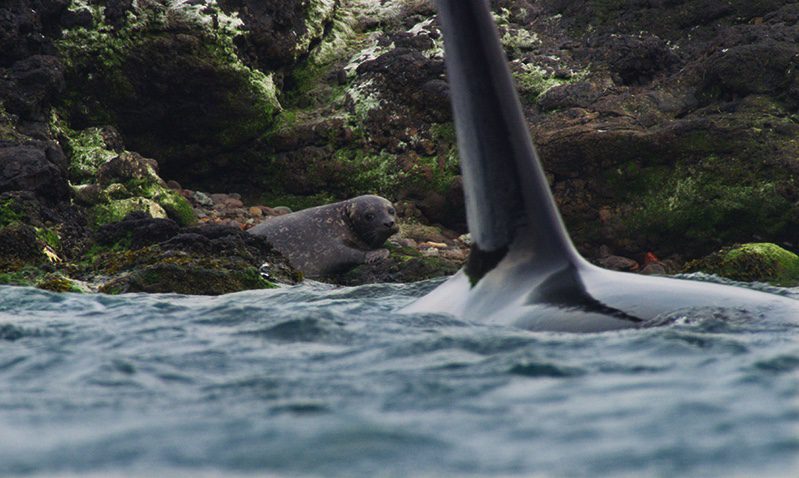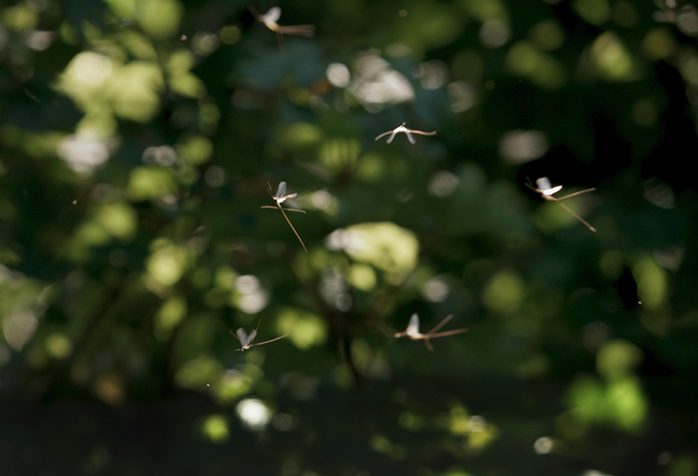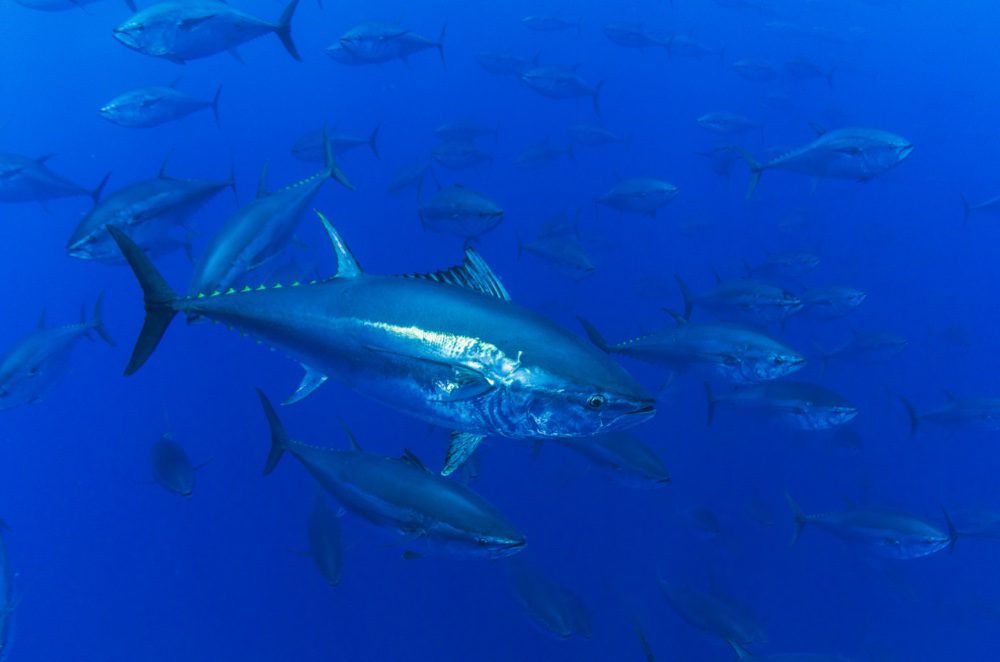The UK has some of the most diverse and beautiful landscapes on Earth. We have more ancient oak trees than the rest of Europe combined, as well as temperate rainforests in Wales, Scotland and western England. Our remaining wildflower meadows are a refuge for birds and butterflies, and our coasts are home to globally important numbers of seabirds.
Yet the UK is one of the most nature-depleted countries in the world and our wildlife is becoming increasingly fragmented and fragile.
Wild Isles is a stunning new natural history series, co-produced by WWF, the RSPB and Silverback Films, and presented by WWF ambassador Sir David Attenborough. It reveals a previously unseen wild side of the UK and shows why it’s internationally important for nature. It also explores the challenges facing our precious species and what we can all do to protect and restore nature.
Here’s a quick guide to some of the highlights in each episode, as well as the official trailer.

Orcas hunt seals
In the dark waters off Shetland, tall fins scythe through the waves – orcas. Every summer, family groups of these apex predators travel to the Scottish isles where they patrol the coastline in search of their favourite food. Their arrival is precisely timed to when common seals give birth and they know exactly where to find their prey. Common seal pups play in the shallows, unaware of the approaching danger. The orcas stop calling to each other to avoid being detected and stalk the seals using the kelp as cover. The orcas work as a team to separate a young seal from the others and drive it into deeper water – where its fate is sealed.
The series introduction airs on 12 March
Emperors battle
The UK’s ancient oak woodlands are rich, complex and unique habitats. They’re a haven for all sorts of wildlife, from red squirrels and hazel dormice to purple emperors. In high summer, the magnificent male butterflies display in the canopy of oaks, fighting over the best spots in competition for females. They’re surprisingly aggressive, and will chase away anything that flies, including birds. From the treetops, the males can look down on the willow trees, where their larvae have matured and soon the females emerge. The UK is losing ancient woodland – one of our richest and most valuable ecosystems – at an alarming rate.
The Woodlands episode airs on 19 March


Eagles hunt geese
Every year, huge skeins of barnacle and white-fronted geese arrive in Scotland’s Isle of Islay from Greenland and Svalbard. After flying 1,500 miles, they’re exhausted and ready to feed on our lush grasslands. There’s safety in numbers and many eyes to look out for predators, but as the geese graze, they become easy targets. White-tailed eagles tend to adopt a sit-and-wait strategy when it comes to hunting, but here a handful of birds have taught themselves how to hunt geese, chasing them in spectacular aerial displays across the grass and out over the estuary. This new skill is being learned by other eagles.
The Grasslands episode airs on 26 March
Mayflies dance
Chalk streams in south and east England are home to many unique species and host one of Britain’s finest freshwater displays. Mayfly nymphs emerge from the stream bed after around two years, as sub-adults, and take their second adult form a few hours later. They shed their larval skins and launch into the air for the first time. As predators flock to gorge themselves, the mayflies perform a beautiful aerial ballet. The males dance until a female emerges, then compete to be the one to mate with her. Once the job is done, the males fall to the ground and the female drops her eggs into the clear waters below – ready for the cycle to start again.
The Freshwater episode airs on 2 April


Bluefin tuna return
Warmer oceans off the British coast in summer and early autumn are attracting exotic visitors that exploit climate-driven changes in the distribution of fish. Bluefin tuna have returned to our waters after 60 years of absence, due to numbers starting to recover from overfishing. Weighing up to 450kg and reaching 2.5m long, these magnificent predators rely on speed to catch their prey – mainly herrings and anchovies. The distribution of these silvery fish is changing due to the warming waters of the Atlantic and could be luring tuna northwards. Being warm-blooded, tuna can sustain a high metabolism in our temperate seas, giving them the edge as predators.
The Marine episode airs on 9 April
Watch: The first official trailer for Wild Isles
Get ready to explore Wild Isles
You can find out more about the series on our Wild Isles page, and you can catch up on episodes on BBC iPlayer.
More to explore

“If we damage the natural world, we damage ourselves”
Our Call of the Wild podcast launched with a very special guest: Sir David Attenborough. Podcast host Cel Spellman asks him about his hopes and fears for our planet’s future

